Opinion: Anti-mask protest proves inefficient in achieving its end goal
Intervention Counselor, Mr. Mora, supervises students in protest against indoor mask policy. The number of participants varied throughout the day, some students joining as an opportunity to skip class. Senior, Gloria Camacho, who protested says, “We want to be heard, too.”
February 11, 2022
Don Lugo students who protested against mask mandates this week were in their right to act on their want of no longer wearing masks in indoor settings. Though, just because you can protest, does it mean you should? For the intent of this group’s peaceful protest, what was supposed to be an act to pressure the administration, has really been a display of how passion can overrule efficiency in generating change.
One vital part missing from this protest was a request that is truly viable. The individuals that these students are asking for change from, do not have the power to change what is not their decision to change. As stated in Education Code Section 35160, teachers, administrators, and the Board of Education do not have the legal authority to overturn health directives.
Principal, Dr. Wong expressed his view on the situation. He explains, “Until there are any changes made relative to the governor, we are under these rules right now.” He also voiced his hope that this protest would not result in a negative outcome in terms of academic performance, as the students are told to do their school work on lunch tables outside.
We’re overseen by the county for the purposes if this school district… Until there are any changes made relative to the governor, we’re under these rules right now.
— Dr. Wong, Don Lugo Principal
Even if the administration did have the legal authority to overturn the mask mandate, it would be unwise to change a school-wide decision for a small percentage of students. Since the start of the protest began on Friday, February 4, there were 4 participants, on Monday, 78, on Tuesday, 76, on Wednesday, 33, and on Thursday, there were 4 as of 12:04 pm. At its height, the protest contained 4.7% of the student population, and at its lowest, 0.2%.
Not to mention, there was a surge of students who joined the protest during the day once they figured out that they could skip their least favorite class by stating that they were against the mandate. Throughout the day, it was visible that most students were chattering, on their phones, or engaging in other activities not related to schoolwork. This is unfortunate for students who actually took the protest seriously like junior, Christian Hartson who says “ [if] you’re gonna come out here, come out here for the reason that we’re out here.”
The protest was encouraged largely by the Parent Advocacy Chino Valley, who stated in an Instagram post that students in the Chino Valley Unified School District participating in the protest, could have been “segregated from other children” or “supervised rather than taught in outdoor settings.” The word “segregated” has a strong connotation, especially given its historical context in describing Black students not being able to attend the same schools as white students, because of the color of their skin. Other students were not prohibited from engaging with the students protesting. Plus, the students’ right to protest did not come with an agreement that all teachers would automatically teach outside for the sake of those students.
As it is, teachers had to take the time out of their class periods to address students not complying with the mask policy, or by having to send them outside if they chose not to wear it. Plus they were not just supervised, they were supervised by the onsite intervention counselors, who could have been helping other students and parents already scheduled to meet with them. New-to-campus counselor Mr. Mora, says “Monday, I understood. There’s a situation, we all have to be on hand to do the best we can to accommodate the kids that want to protest. Come Wednesday, I was like ‘most of you aren’t protesting, you’re just trying to get out of class.’” Mr. Mora, while admiring the student’s advocacy, did not think they were taking the right steps to achieve their goal.
Advocacy is a really powerful tool, if used properly.
— Mr. Mora, Don Lugo Intervention Counselor
If students, and their parents for that matter, really wanted change, they should have come to the school with a legitimate ask, instead of pressuring the parties, not in power over the situation. If they really wanted a change, they should have reached out to the county of San Bernardino superintendent, who actually has direct ties to the governor. Not, the Don Lugo administration and the Board, who would be violating the law and culpable by choosing to overturn a state-wide mandate.
It is true that the California-wide mask mandate will end on February 15, but it does not equal unlimited freedoms in terms of wearing a mask. Unvaccinated individuals would still have to comply, and it would not include schools. Although the cases of the Omicron variant have been on the decline, there is still a risk, and parents and students still value the protection that masks offer, even if it isn’t 100% effective.
Just as students who don’t wear a mask have the possibility of having to go to independent learning, and have the risk of lower quality of education, the same can be said for the other side of the table. If students who stay home because of the risk of contracting the virus at school, resolve to online learning, they are also gullible to loss of learning quality. It has never necessarily been a win for either side, but rather a collective understanding of what had to be done to stay safe as a whole.
One condition with which schools and students agreed to come back to school after nearly a year of online learning was to wear masks. Those protesting the masks aren’t the only ones who do not like wearing the masks, or who feel uncomfortable. The many students who stayed in class choose to learn in person, even if it means that the experience won’t be like before the pandemic.
The world will never be the way it was before. In the case of this protest, it is unfair to teachers and students who have complied with health directives, and have moved with the changing world, for those who want to simply ask to be exempted from it, without going through the necessary process to do so. All students’ voices must be heard, but when it involves interrupting classes, teacher agendas, and calling for impossible requests, it overall gives more the impression of a complaint rather than a legitimate action toward change.
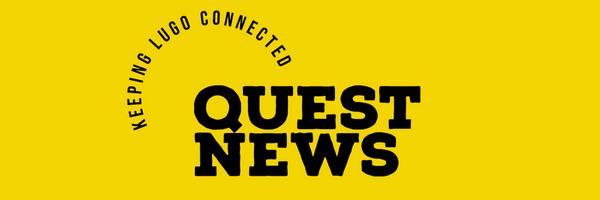
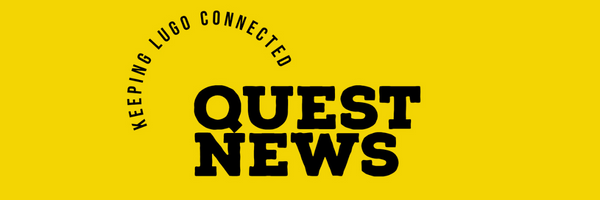

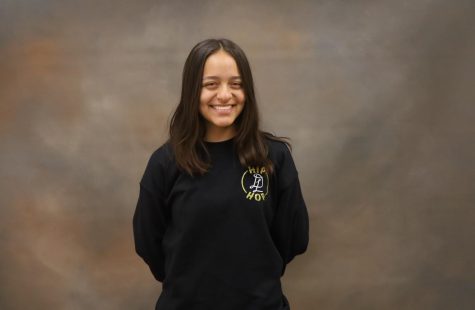



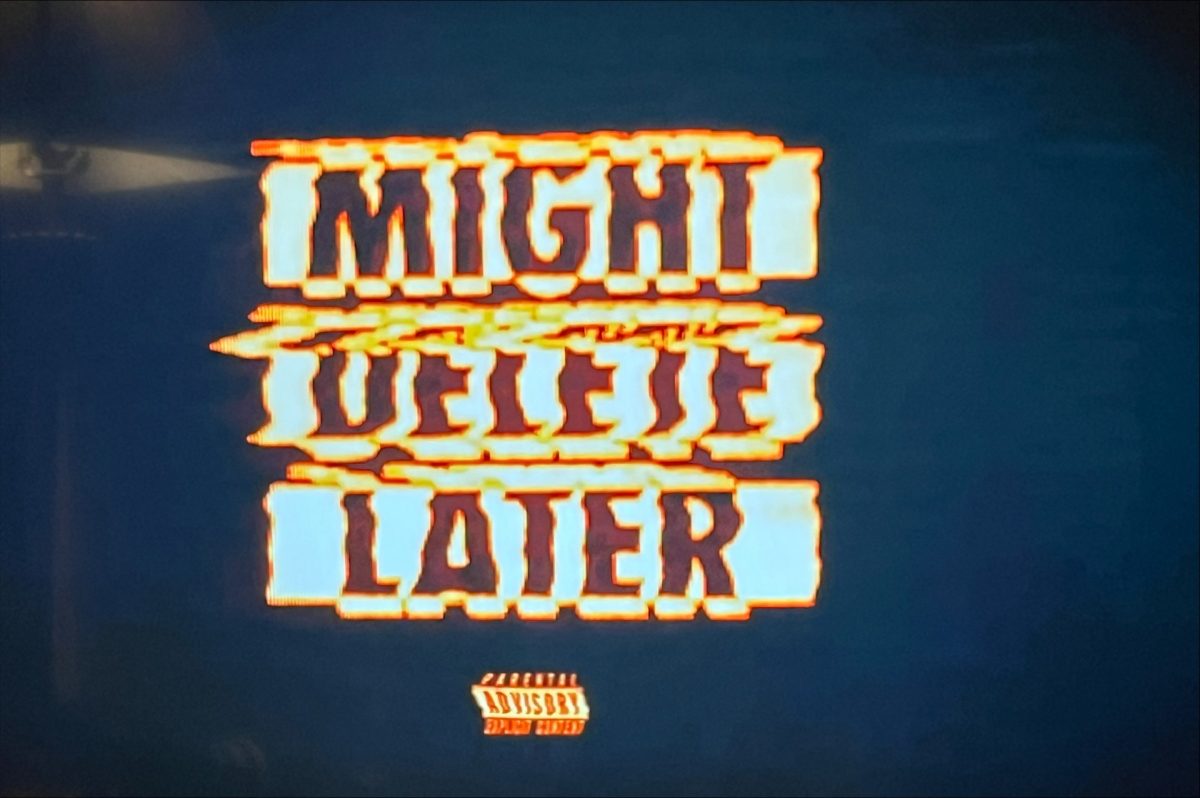

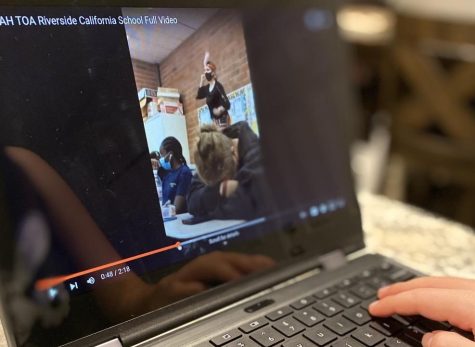
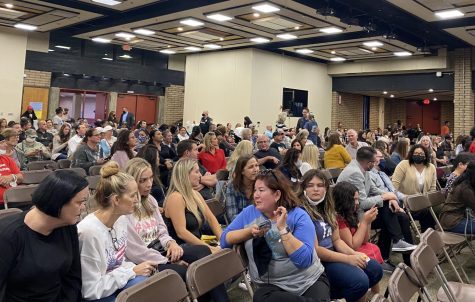


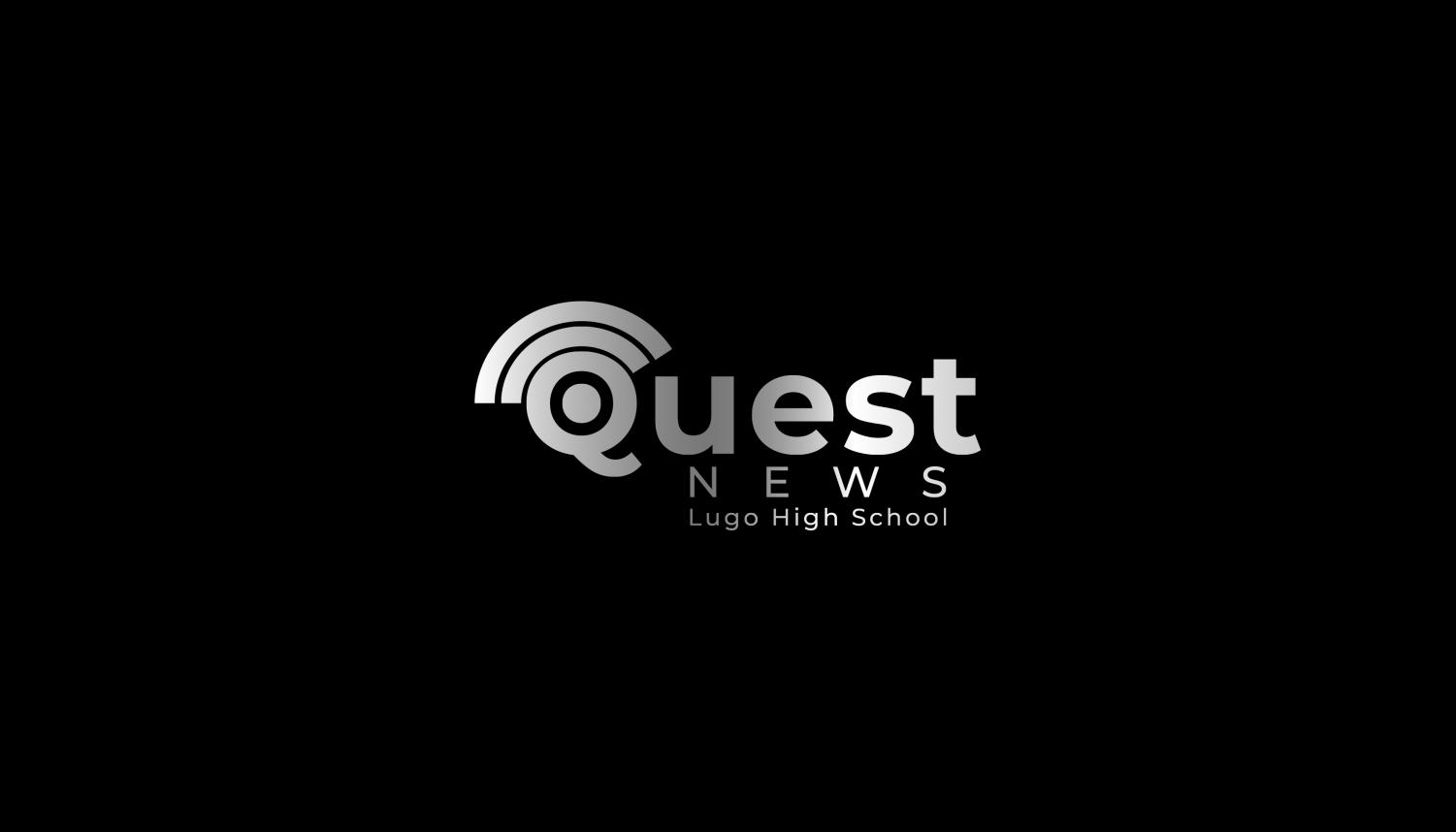
Sophia Vasquez • Feb 12, 2022 at 9:55 AM
soo good mate:) !